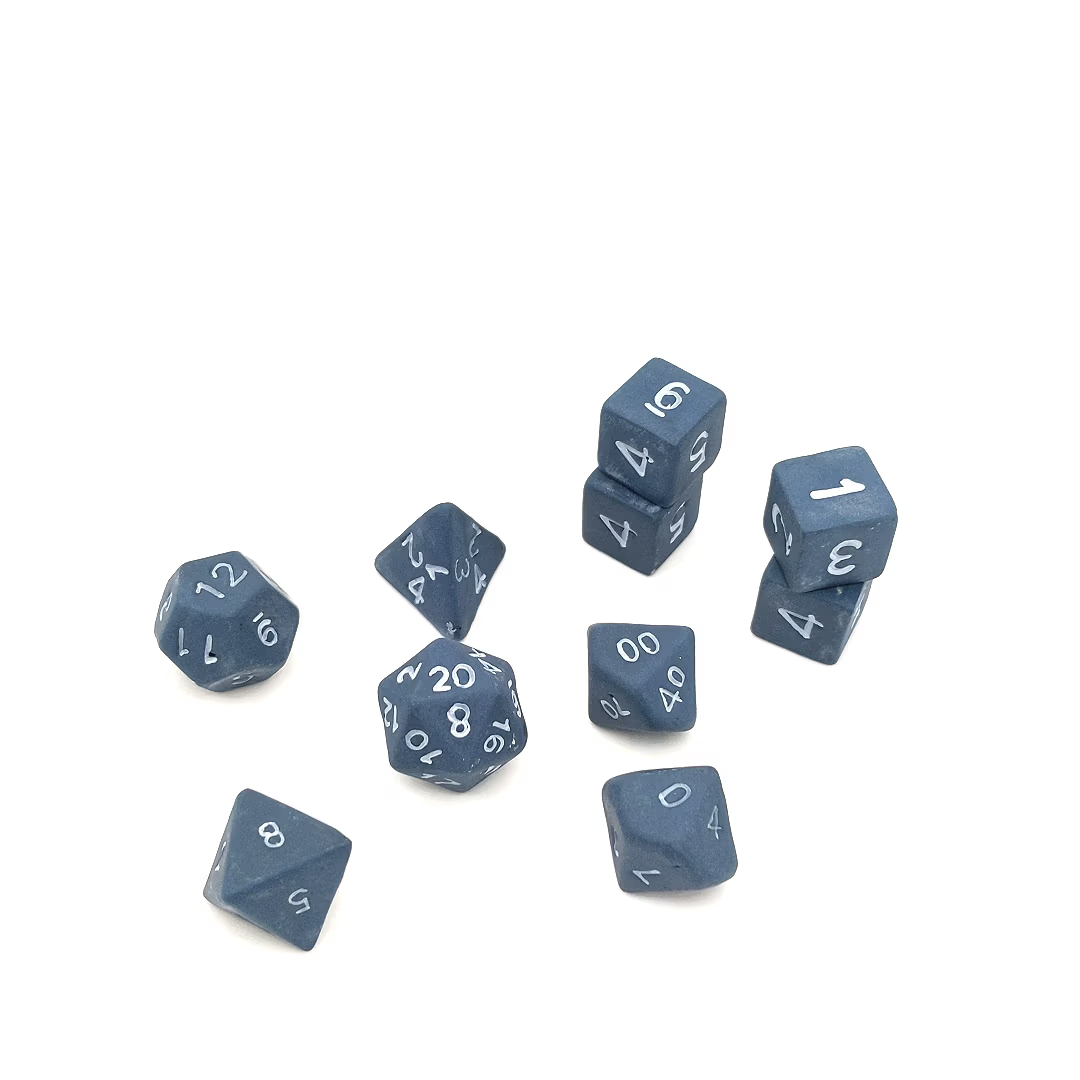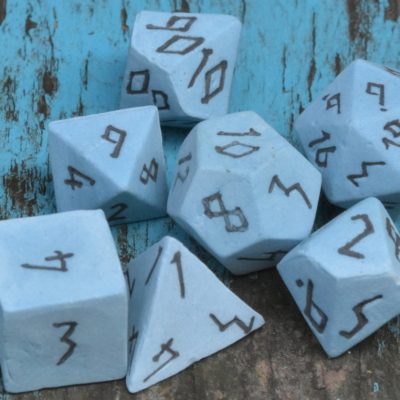Mastering D&D: Building Dynamic Cities and the Fighter Multiclass
Creating an engaging world in Dungeons & Dragons is an art form that requires a blend of creativity, strategy, and a touch of magic. Whether you’re a seasoned Dungeon Master or a novice player, building dynamic cities and settlements can elevate your game to new heights. In this guide, we’ll explore tips for crafting immersive urban environments and delve into the strategic intricacies of multiclassing with the Fighter class.
Crafting Lively Cities
When designing cities in D&D, consider them as living entities with their own histories, cultures, and conflicts. Start by identifying the city’s purpose. Is it a bustling trade hub or a secluded sanctuary? Define its geography and key locations such as markets, temples, and guild halls.
Beginner Tips
- Map It Out: Use tools like digital mapmakers to visualize your city layout.
- History Matters: Create a backstory for your city that influences its current state.
Advanced Techniques
- NPC Depth: Develop intricate NPCs with unique motivations that drive city politics.
- Cultural Layers: Incorporate diverse cultures within districts to add depth.
The Dawnblade Dice Set can enhance your gaming sessions by adding flair to your dice rolls. Crafted with precision from ceramic materials, these dice are not just tools but works of art that embody the spirit of adventure.
Fighter Multiclass Mastery
The Fighter class in D&D 5e is renowned for its versatility in combat. However, multiclassing allows you to expand beyond traditional roles to craft unique character builds.
Getting Started with Multiclassing
- Understand Your Role: Identify what you want your character to achieve through multiclassing—be it increased damage output or enhanced survivability.
Advanced Strategies
- Class Synergy: Pair Fighters with classes like Rogue for stealthy combat techniques or Wizard for magical prowess.
Mastering Dungeons & Dragons involves more than just understanding the game mechanics. It’s about creating a world that pulls players in and keeps them engaged. Building dynamic cities and mastering the art of multiclassing, especially with the Fighter class, are two key elements in this process. Crafting immersive urban environments for your campaign involves considering the city as a living, evolving organism, with its own unique history, culture, and internal dynamics. Similarly, multiclassing with the Fighter class offers an opportunity to expand your character’s abilities and role within the game, adding another layer of depth and flexibility to your gameplay.
When it comes to city building, start by identifying the city’s main function. Is it a bustling commercial hub, a remote, mystical retreat, or a politically charged capital? This will guide the development of the city’s geography, key landmarks, and overall atmosphere. Tools such as digital mapmakers can help you visualize the city layout, while a well-thought-out backstory can provide context and a sense of history. To further enhance the city’s realism, consider developing complex non-player characters (NPCs) and integrating diverse cultures within different city districts. All these elements work together to create a city that feels alive and dynamic.
Multiclassing with the Fighter class in D&D 5e opens up a world of possibilities, allowing you to tailor your character to fit a wider range of roles and combat styles. Before you begin, it’s important to define your character’s goal for multiclassing—whether it’s boosting their damage output, improving their survivability, or something else entirely. Once you’ve identified your direction, you can start exploring synergies between the Fighter class and other classes. For example, combining Fighter with Rogue can result in stealthy combat techniques, while pairing it with Wizard can add an element of magical prowess to your fighter’s arsenal. Mastering this aspect of D&D can significantly enhance your gaming experience by offering greater flexibility and room for creative character builds.





